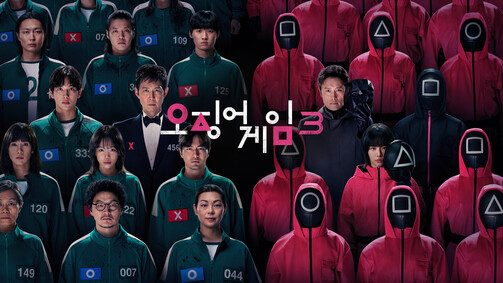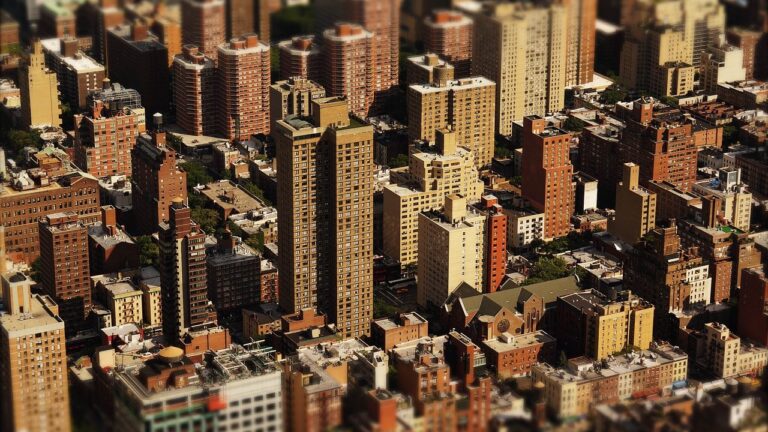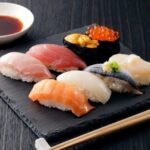Before Visiting a Korean Café!
What Are the Café Culture Differences Between Korea and Japan?
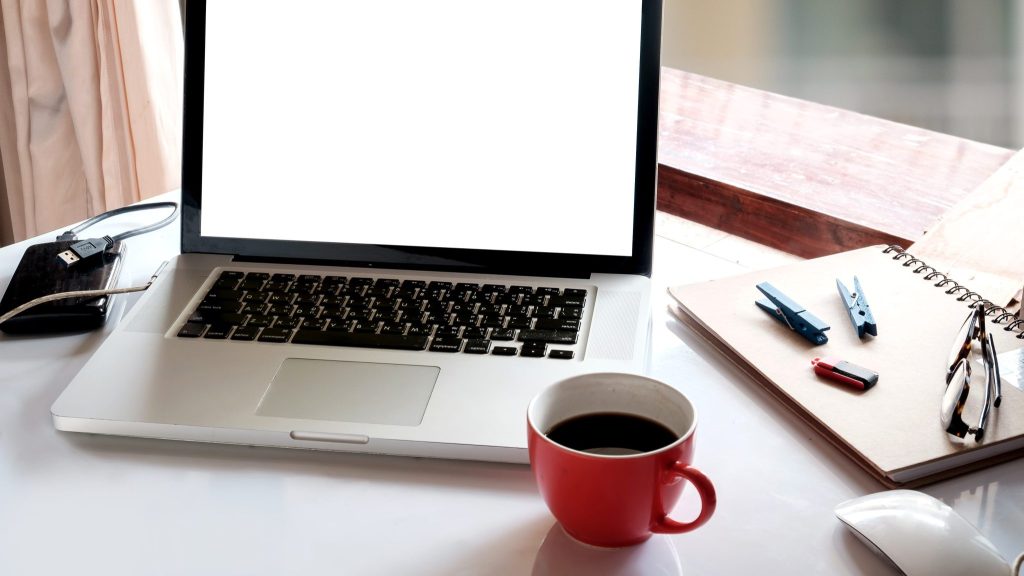
One of the things many travelers look forward to in Korea is the famous “café tour.”
Recently, more and more people visit Korea specifically to explore stylish cafés that look perfect on Instagram. Korea is full of unique cafés and menu items you can’t find in Japan, making them an irresistible destination for dessert lovers and photography enthusiasts alike.
However, the truth is that Korean café culture differs quite a bit from Japan’s.
If you don’t know these differences beforehand, you might find yourself surprised, thinking, “Huh? Why is it like this?”
So, in this article, we’ve carefully selected six aspects of Korean café culture that often surprise Japanese visitors.
Read on, and you’ll be able to enjoy your first Korean café experience with confidence!
1. Payment First at the Counter
In most Korean cafés, you place your order and pay first at the counter. While some Japanese chain cafés like Starbucks do the same, in Korea this system is standard—even in small, local, or independently owned cafés.
It’s rare for a staff member to come to your table to take your order. Some tables might have menus placed on them, but those are usually just for reference—you still have to go to the counter to order.
Another unique part of the Korean café experience is the vibrating pager you receive after ordering. When it buzzes, that’s your cue to head back to the counter and pick up your drink.
2. One Drink per Person Rule — Be Aware of the “One-Order Policy”
In many Korean cafés, it’s considered good manners for each person to order at least one item (a drink or dessert).
For example, if two people share just one coffee and one slice of cake, you might be asked to make an additional order with a polite reminder like, “Could you please order one more item?”
This rule is especially common in popular or Instagram-famous cafés and in stylish places that focus heavily on interior design. From the café’s perspective, it’s a way to ensure fair sales for the seating space being used.
Sometimes, you’ll even see a note on the menu or wall that says “1 person = 1 menu item, please”, so keep an eye out for that.
3. Self-Serve Water — Help Yourself!
In Japan, it’s common for staff to bring you water automatically, but in Korea, water is usually self-service. You’ll find a water dispenser and paper cups somewhere in the café—just go and get it yourself.
At first, you might wonder, “Why hasn’t anyone brought water?” but don’t worry—it’s completely normal in Korea for customers to pour their own.
In the winter, some cafés even provide warm tea or hot water, not just cold water.
4. Study and Work Friendly — Long Stays Welcome
One of the defining features of Korean café culture is that many people use cafés as study or work spaces.
In areas near universities or office districts, it’s common to see people sitting in the same spot from morning until evening, working on laptops or studying.
This is because Korean cafés are often designed for long stays. Many tables have power outlets, and free Wi-Fi is almost always available.
While a few cafés may post signs like “3-hour limit,” in most cases, you can comfortably stay for several hours to study, read, or work.
5. Aesthetic First! “Cafés Are for Taking Photos”
Korean café culture is deeply connected to the “Insta aesthetic” (photo-worthy design).
For many people, the goal isn’t just to enjoy a drink—it’s to take great photos.
Everything—from the wall décor and lighting to chairs, drink colors, and dessert presentation—is often designed for photography. That’s why it’s completely normal to see people snapping photos before eating or drinking.
Among younger generations, “photo spot tours”—visiting cafés specifically for pictures—are especially popular. For many, it’s more about the visuals than the actual menu.
6. No Restroom? Choose Your Café Carefully
Unlike Japan, where almost every café has its own restroom, in Korea many cafés don’t have one inside.
This is especially true for cafés located on upper floors or in basements—they often use shared restrooms in the building.
That means you might have to go out into the hallway or even to another floor to find it. Sometimes, the restroom requires a key or passcode, so just ask the staff by saying:
“Hwajangsil eodiyeyo?” (Where is the restroom?)
Cleanliness levels also vary widely from place to place, so if you plan to stay a while, it’s a good idea to check whether the café has a restroom before settling in.
Summary: Cultural Differences to Know for a Better Korean Café Experience
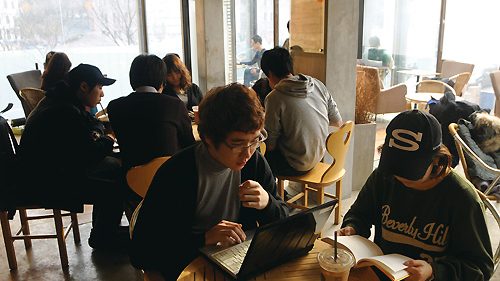
How was it? To recap the 6 key points of Korean café culture we introduced:
- Order and pay first at the counter
- One item per person is standard — sharing may not be allowed
- Water is self-service — get it yourself
- Long stays are common — cafés welcome studying and working
- Interiors are photo-focused — designed for the perfect shot
- Some cafés don’t have restrooms inside the shop
Just knowing these differences will make your Korean café experience much smoother and more enjoyable.
Korean cafés may look similar to those in Japan, but they have their own unique customs and atmosphere. Try to embrace and enjoy those differences as part of the experience!
On your next trip to Korea, why not find a café you love and spend a relaxing, café-hopping afternoon there?
Table of Contents


